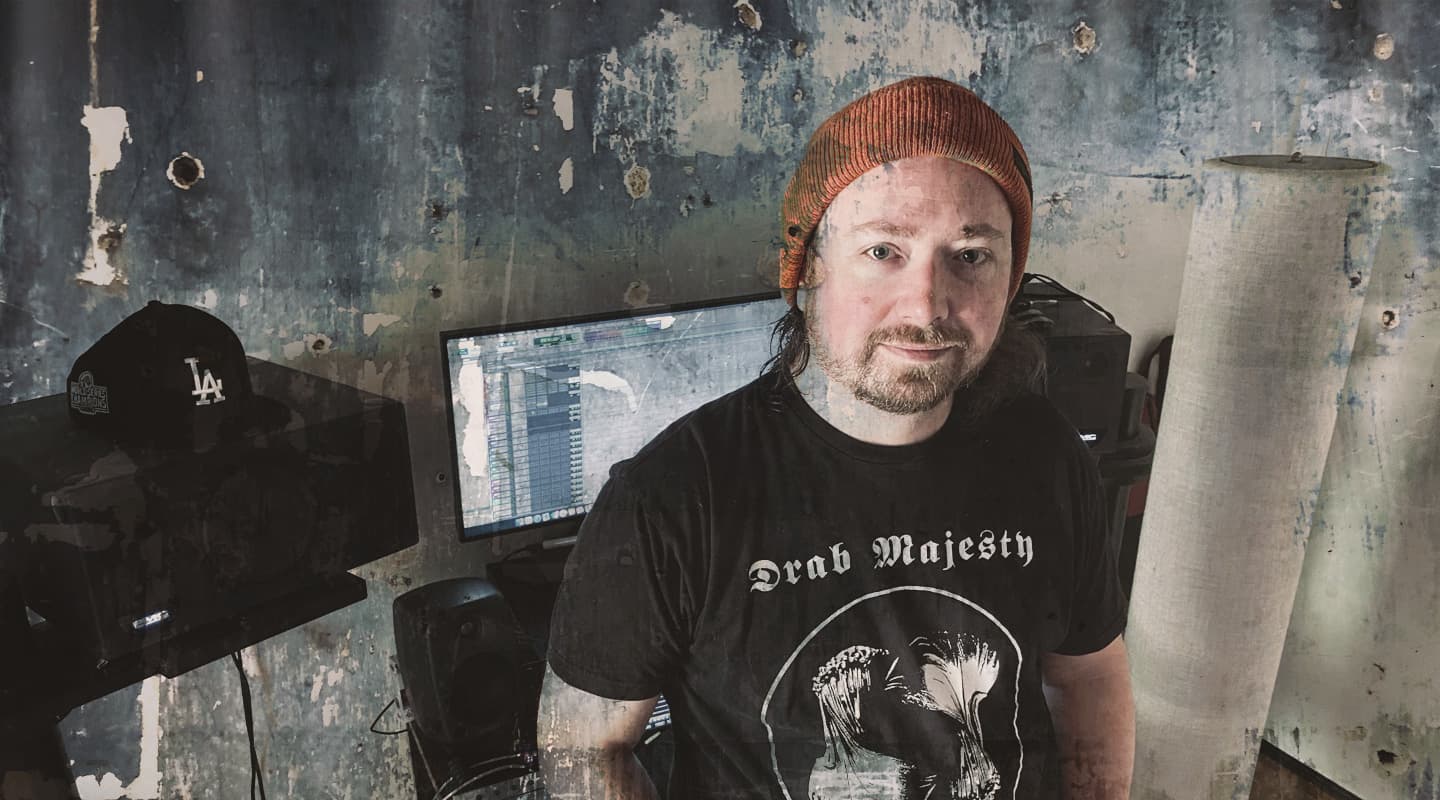
Mixing The Kid Laroi
Mixing engineer Clint Gibbs talks about his work on The Kid Laroi’s groundbreaking F*ck Love.
Although 2020 was a challenge for most of us, for The Kid Laroi it was a year made in heaven. It marked his meteoric rise from relative obscurity to worldwide fame. Born Charlton Howard in Waterloo, Sydney, The Kid Laroi was only 16 when his first mixtape, ‘F*ck Love’, was released in July 2020. It went to number one in Australia and several northern European countries, number two in New Zealand, number three on the American Billboard 200 chart, number 10 in the UK, and more. It made him the youngest solo artist ever to top ARIA’s albums chart, earned him three ARIA Music Award nominations (Best Male Artist, Breakthrough Artist, and Best Hip Hop Release), and a J Award nomination for Australian Album of the Year. Since then he’s had 17 singles chart in the Australian Aria top 50, the biggest three being ‘Go’ (with Juice WRLD), ‘So Done,’ and ‘Without You.’ These are staggering achievements, and The Kid Laroi’s breakthrough is undoubtedly a big deal for Australian hip-hop.
MIXTAPE REWIND
In 2018, Laroi was a finalist in the Triple J Unearthed competition, which led to him being discovered by American rapper Lil Bibby and signed to his Grade A Productions label. In May 2020 Lil Bibby asked his mix engineer, Clint Gibbs, to mix ‘F*ck Love’. “Laroi wasn’t so well-known at that point,” explains Gibbs, “but some of my peers had worked with him and were saying great things so I was excited to get the call. He’s a huge talent.”
By this time Laroi had already released seven singles, among them ‘Diva’ and ‘Fade Away’ with American guest rappers Lil Tecca and Lil Tjay. Bibby decided it was time for a mixtape and asked Gibbs to mix the entirety of ‘F*ck Love’, a total of 15 tracks. Five of those tracks are skits with only spoken word, leaving 10 tracks showcasing Laroi’s trademark mixture of pop, trap and emo rap.
“I was pretty much left to my own devices while mixing the 10 tracks for the original version of ‘F*ck Love’,” recalls Gibbs. “It was just: ‘do your thing.’ There weren’t many conceptual talks. I knew what to do after hearing the roughs; in most cases they were very close and just needed some embellishment, but some needed more work and finesse. Although there were many producers on the album, I didn’t interact with most of them. Khaled Roheim, Laroi’s main co-writer, was my go-to contact for this project. He’d send me the files, I’d send him the mixes for approval, he’d play the mixes to Laroi and others and then hit me back with notes.”
Gibbs did all the mixes in his home studio in Los Angeles, where he’s been holed up since the pandemic struck last year. Before then he divided his time between his home studio, the offices of Prescription Songs, (Dr Luke’s production and publishing company) and Dr Luke’s studio. “I do IT in the offices of Prescription Songs: e-mail, tech support, help songwriters and producers with their set-ups, upload sessions into the archive, and deal with final delivery of tracks. In Dr Luke’s studio I’m chief engineer; I oversee studio operations, train the engineers and do the mixes there, although I do most of my mixing at home now.”
GIBBS’ GEAR
Gibbs’ route to studio stardom started when he played in garage and metal bands in Las Vegas. He moved to LA at the age of 21, went to a famous recording school “which I don’t endorse,” and became an intern at Conway Studios where, he says, he really cut his teeth. He met Dr Luke at Conway, and started to work for him in 2010, initially assisting engineer Emily Wright.
Dr Luke mostly works in his own studio, located in the Hollywood Hills. “The studio is really simple,” explains Gibbs. “We have huge PMC QB1 XPD‑A speakers, they are as tall as I am; PMC actually designed them for that room! The studio also has nearfield PMC twotwo8 speakers with PMC twotwo sub2s, and Genelec 8020s. The studio has all the essentials for recording, like Sony C800G and Chandler REDD mics, Chandler TG2 mic preamps, and UA 1176 compressors. There are tons of synths and guitars, which we record through DIs and API 3214 mic pres. We do the rest in-the-box in Pro Tools.”
Tired of the extremely long hours (Dr Luke often works until 4am), Gibbs set up a makeshift home studio a few years ago that he calls three3one7. Since covid hit he has worked there all the time. “The PMC twotwo6 are my main monitors, with the twotwo sub2,” explains Gibbs, “Genelec 8020s are my smaller nearfields, and I have a Beats Pill for reference. I work on the twotwo8s sometimes at Dr Luke’s studio, but there’s something about the punch I get from the twotwo6s that works for me. I use the 8020s for vocal level and harshness, and I also use Sennheiser HD650 open-back headphones.”
“The rest of my gear consists of a Grace m905 monitor controller, a PreSonus FaderPort for vocal rides, a Universal Audio Apollo 8p interface, and Apple’s Mighty Mouse. I have some GIK acoustic panels, and I’m waiting for an opportunity for workers to come in and create a proper studio while my family and I stay somewhere else. I mixed Laroi’s album on my MacBook Pro, but a few months ago I moved to a Mac Mini and I love it; I don’t get Pro Tools CPU errors all the time anymore. A session with 15 instances of Antares’ AutoTune is going to struggle on a laptop, and there are other plugins these days that demand a lot of CPU. The Mac Mini can just handle a lot more.”
I mixed Laroi’s album on my MacBook Pro.
MIX PREPPING
Gibbs started mixing ‘F*ck Love’ on May 23rd, 2020, and completed it by the end of June. Because the numerous sessions arrived in differing states of organisation and readiness, he brought in one of the engineers from Prescription Songs, Kalani Thompson, to prepare each song for mixing. “There was no way I could do that myself and mix all the songs on time for the deadline. Kalani did a lot of the leg work in terms of chasing down all the files for each session, making sure they line up, finding missing plugins, cleaning up and organising every session, bringing in template tracks and so on to ensure each song’s session was ready for me to mix.”
According to Gibbs there are two major issues in prepping mixes today. The first is the fact that rap vocals are often recorded to a stereo rough mix of the beat, and it can be hard to get the multi-track or stems of the individual parts of the beat. “I’m a real stickler for demanding all the stems of the beat,” explains Gibbs. “Between Khaled, A&R Chelsea Blythe, and Donn Robb – who produced some of the songs on the album and I think recorded many of Laroi’s vocals – we spent quite a bit of time tracking down stems. Sometimes we had to hit up several people, and sometimes the stems arrived at the last minute. Waiting for files was one reason the project took longer to mix than originally planned.”
In addition, there are compatibility issues with Antares Auto-Tune Pro. “There are currently three different versions of Auto-Tune Pro, and if someone sends you a session with a different version to the one you have, the plugin can be in the wrong key, or transposed down a whole step, or other settings are weird. It’s an issue Antares knows about. It’s annoying because you need to get the settings right to get the effect the rapper intended. You can’t just put it in tune. I tasked Kalani with getting screen shots of the original Auto-Tune settings so I could get it close in my session. Sometimes people simply printed the vocals with Auto-Tune, which also worked great. I prefer that because, as a mixer, I don’t want to get involved in tuning vocals.”
MIX F*CK LOVE
Once all the session files, template tracks, Auto-Tune and other plugin settings were in place, Gibbs could get on with mixing. “The first thing I do when I get a prepped session is listen closely to the rough, because that’s the starting point. If the session differs from the rough, I start by trying to get it as close to the rough as possible and then I work from there. As a mixer I take what the producer has done and try to elevate it; I don’t aim to reinvent the wheel with regards to the production or the song.”
Dr Luke is, for the most part, a pop producer, and Gibbs’ background is in metal, so the question arises whether there were any particular challenges for him in mixing an urban album like ‘F*ck Love’. “Not really,” replies Gibbs. “I’ve always been a fan of rap, and I’ve mixed a lot of it. It’s probably one of my favourite genres to mix. And beyond Dr Luke’s pop resume, he’s also a very good hip-hop producer! I mixed plenty of his tracks with 808s and trap drums.”
“Today it’s also pretty standard for both pop and hip-hop tracks to need a really strong, low-end foundation. The drums have to knock, and the bass has to be big – it needs to knock you out of your seat! After the vocals, that’s the number one priority when it comes to mixing. So when mixing I tend to start with the drums, which also dictates my gain stage. My drums dictate how loud the mix is going to get. I bring in the vocals next, because I want them to shine, and then I bring the other parts in.”
GO MIX
Gibbs illustrates his mixing approach with details of the mixtape’s first major single, ‘Go’. “We got a folder with the beat stems, and then I received a Pro Tools session with Laroi’s vocals and another Pro Tools session with Juice’s vocals. Kalani created a new Pro Tools session, loaded the beat stems, and then brought in Laroi’s and Juice’s vocals, making sure everything was exactly in time. There are notes in the ‘Comments’ box in Pro Tools in my mix session indicating where the tracks came from.”
The Pro Tools mix session for ‘Go’ has a master section at the top, with a ‘meter’ track at the top, with the Brainworx bx_meter, a mix print track, and All, *Master*, and *Subs* tracks. Below are 10 VCA tracks, with self-explanatory names, *drums*, *cym*, *perc*, *808*, *synthb*, *guitars*, *keys*, *orch*, *efx* and *vocals.* Below that are 13 aux group tracks with pretty much the same names, the three extra tracks being D-Crush, Vocal Rear and Kick Para. Further down the session continues with drums and percussion, 808, synth bass, guitars, strings, Laroi lead and backing vocals, Juice WRLD lead and backing vocals, all interspersed with the occasional aux effects track. At the bottom of the session are 14 aux effects tracks, with reverb, delays and a Phaser track.
“The VCA tracks affect the group tracks below them,” elaborates Gibbs. “They’re part of my template, and I’ll use them for the initial gain structure of the stems. Everything probably came in super hot, so I used the VCAs to bring it down. The groups tracks below are probably the same as I’d used in the mix I did before. I wanted to have consistency between all the tracks on the album, and also because of the strings that connected all the tracks.”
DRUMS
“The drums sounded for the most part pretty good, and my main focus was on processing the kick to get it where I wanted it to be. The Kick track has the FabFilter Pro-Q2 doing a hi-pass and a dip around 400Hz, compression from the Waves RCompressor, and then the Waves SSL E-Channel. The latter is a standard plugin for me on the kick, and I used it to add low end, take out some clicky attack at 2kHz, and add some 8kHz so it could be heard better on small speakers. There’s also an RBass, because I wanted more low end to embellish the sustain of the kick.”
A session with 15 instances of Antares’ AutoTune is going to struggle on a laptop...
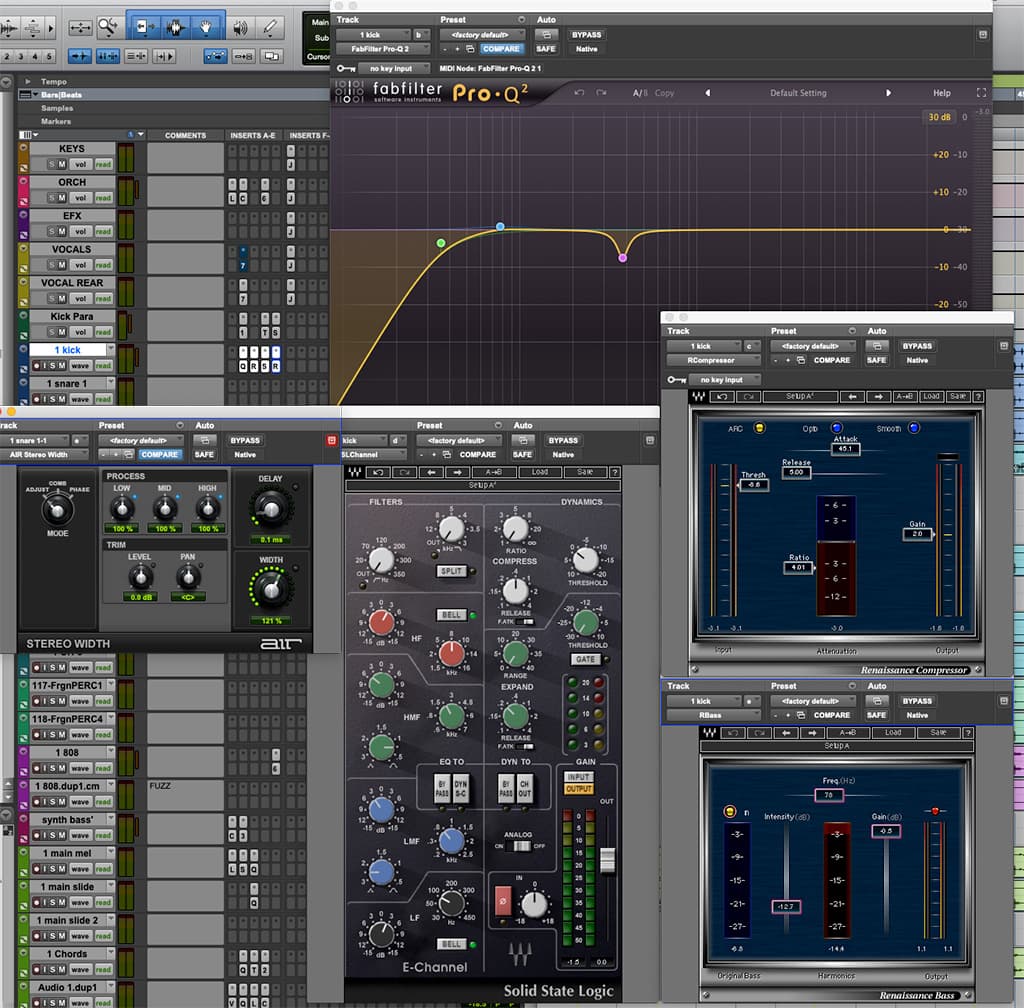
“In addition there’s the Kick parallel aux with the Waves DBX160, the Vitalizer MK2-T and UAD’s SPL Transient designer, to add some punch. I also put an Avid Air StereoWidth on the snare to widen it a bit.”

“The plugins on the group tracks are part of my template, whereas I tend to add the plugins on the audio tracks as needed while mixing. The processing on the Drums group track processing is not that crucial; it has the FabFilter Pro-Q3 and Cytomic The Glue, and some saturation from the Black Box HG-2 and the Massey L2007 limiter, and some clipping with the Stillwell Event Horizon. It’s all very minimal.”
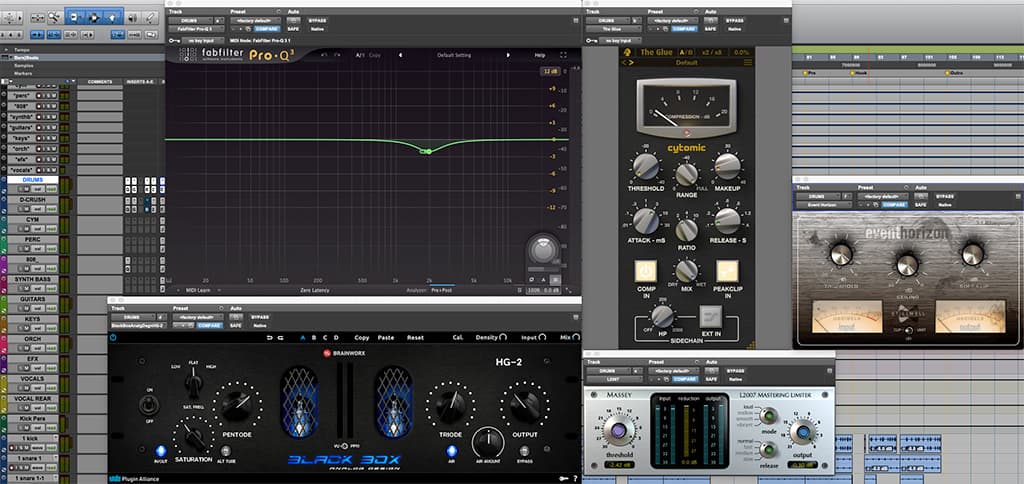
“The main processing comes from the Drum-Crush parallel, which does a lot of compression with The Glue. The cymbals had some saturation from the JST Clip, as did the percussion. I tend to send the cymbals to a separate group track because I want my drum bus processing to focus on the kick and the snare. I can add the cymbals in wherever they need to be.”
GUITARS
“The Main Melody track is the main guitar in the track, which has the SoundToys Little Radiator to add some low-mid saturation. It thickens it up a little bit. I backed off the Heat knob because it was a little much on the default setting. I also always turn the noise off, because it is a noisy plug-in. I wanted some more saturation so I added the FabFilter Saturn, and then some Pro-Q2 EQ, rolling off below 135Hz and dipping around 400Hz, to make it fit better in the mix. The other guitars tracks are not that important in the mix.”

“The Guitars group track has the Waves API Channel strip. I typically will add 240Hz and 5kHz here, to add top end to the guitar. I will turn up the input gain to drive it a little harder. There’s also an iZotope Ozone Exciter for some more harmonics to make the guitar poke through in a somewhat dense mix. The Waves F6 is side-chained to the lead vocals, so it dips out a little pocket when the vocals are present. There’s also the Brainworx bx_shredspread, which I think is a great widening plug-in. Incidentally, I hear more and more guitars these days, I think it’s the new trend!”

VOCALS
“On the audio tracks of Laroi and Juice I pretty much used the plugins that were sent to me. I would AB them on and off, and may have tweaked what they had, but overall I assume that it’s the sound they’re going for. I replaced the Auto-Tune with Auto-Tune Pro, and I would have added some plugins here and there; for example, on Juice I used the Waves Vintage Aphex Exciter and the Oeksound Soothe.”

“The MVP tracks contain a particular AutoTune effect used on Laroi’s verse vocals. Laroi’s audio tracks marked RXD had iZotope’s RX because I needed to get rid of some mouth clicks and pops.”
“I added three aux effect tracks for the vocals from my template, Reverb.1, which has the Waves HDelay, Pro-Q3, Valhalla Vintage Verb, the HDelay 1/8 delay, and the Back Spread track, with the Pro-Q3 and SoundToys MicroShift. The other aux effect tracks at the bottom of the mix session came with the vocal sessions I received. The plugins on the Laroi Verse bus also came with the Laroi tracking session, most likely from Donn Robb, but the plugins on the Laroi Hook bus are all mine, and pretty typical for my vocal plugin chain. There’s the Waves RVox, Waves C6, FabFilter Pro-DS, McDSP AE600, and Soothe 2.”
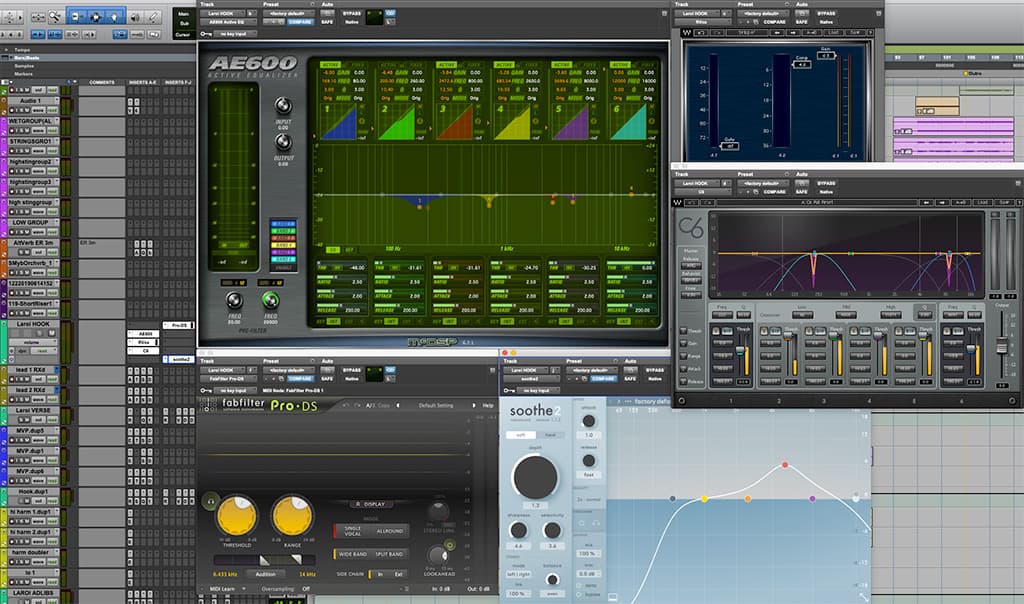
MASTER
“All subs go to the All Master track, on which I have the Ozone 9, with EQ and the Maximizer, to make it loud for the artist. For the mastering engineer I will turn it down 1dB. The Maximizer sets the threshold that determines my kick/bass relationship, and I don’t know for sure if mastering will achieve the same result, so I prefer to send to mastering what everyone has approved, and give them 1dB of headroom for any EQ fixes that are needed or if they want to do some extra saturation, or whatever other magic they want to do.”

“I actually ended up sequencing the entire mixtape in Pro Tools, with the skits. Each song has a string outro into the next song; you could call it a string interlude. Khaled Rohaim did all those strings, and he gave me a rough idea of how the transitions should be. So I bounced the whole sequence and dealt with feedback until everyone was happy. The skits were just a matter of getting the level right, and then I relied on mastering engineer Eric Lagg to do the rest. He did a great job, and got everything super-loud!”



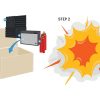
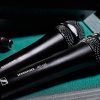







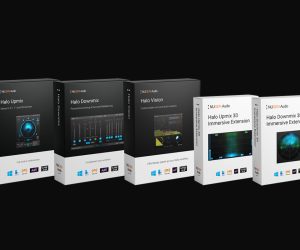




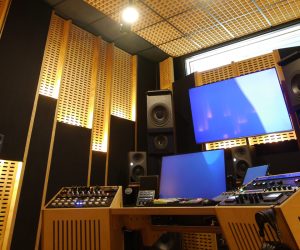





Hi Paul, thank you for the article! FYI there’s 4 skits not 5 on the mixtape. Also it’s Khaled Rohaim not Roheim. Cheers.
Very inspiring to read this and I really appreciate the walkthrough. Eager to figure out these autotune settings, would love to try and emulate for artists I’m working with.